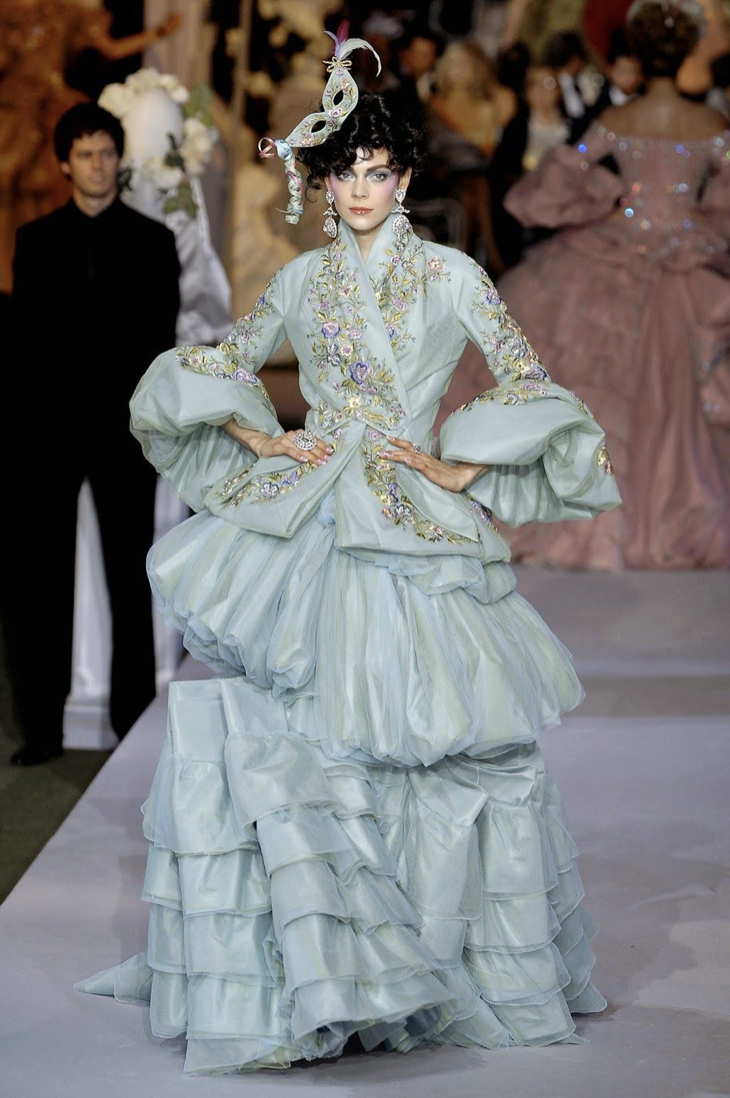SEX
- 100742972
- Mar 26
- 2 min read

The boutique SEX was opened in 1974 by Vivienne Westwood and her then partner, Malcolm McLaren at 430, King's Road, London. The shop eventually closed in 1976 and featured mainly garments that defined and portrayed the Punk movement of the 70's.
SEX was originally called Let It Rock after the Chuck Berry song, then later became Too Fast to Live Too Young to Die before finally becoming SEX. During the time of the store, Westwood would sell everything from American Rock memorabilia to fetish gear. Westwood would also sell custom t-shirts featuring anti-establishment and anti-capitalist statements on them, with this, Westwood began to hone into her signature punk style that would become iconic later on. Once the store became SEX, the interior was decorated with graffiti and punk symbols and became the most famous style of the shop along with the name. SEX employed many people, most well known was Chrissie Hynde of The Pretenders. SEX became a popular place for both current and up-coming bands to visit, including the Sex Pistols and due to this, McLaren became their manager. Westwood became designing clothes for the band that would represent their iconic sound and views.
During this time, Westwood continued to upcycle t-shirts with a recognisable aggressive style, adorning them with tears, safety pins and graffiti. The 'Destroy' shirt was created this way and became a symbol for Westwood and a shout out against the conservatism of the 70s.
It became apparent to Westwood that people were buying her garments and wearing them who did not share the same political views as she or many punks did. They wanted the fashion and the aesthetic but didn't want the change that she did and she did not support this, in her eyes her garments were not just a look, they were an ideology and a symbol for change that many people did not support.
After her split from McLaren and the closing of SEX, Westwood moved to high fashion pieces, stating that punk is a “fashion that became a marketing opportunity”. Her work in the more mainstream was designed to poke fun at the wealthy who were willing to purchase overpriced clothing for the style or for the social status they believed it would give them, rather than for their political standpoint or views, as many has done with her shop, SEX.
Westwood used her change in the fashion world to still portray the same messages as she always had but in different way and after seeing how people treat others lifestyles she took a stand and continued to make garments she wanted to pass on the views she had as did many of her fans.





Comments